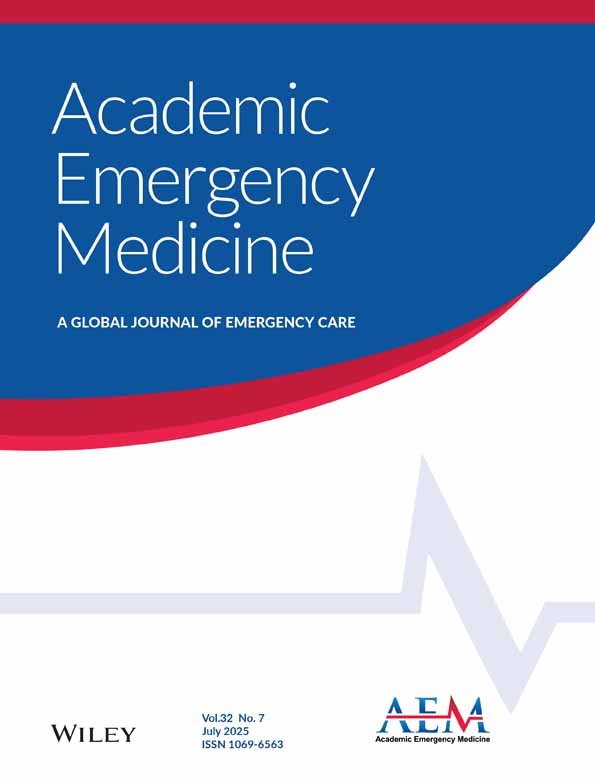Iowa emergency departments lack board-certified emergency physicians: A comprehensive statewide emergency department workforce study
Presented at the Society for Academic Emergency Medicine Annual Meeting, Phoenix, AZ, May 2024.
Supervising Editor: Jody A. Vogel
Abstract
Introduction
The emergency physician (EP) workforce has been a recent focus after a workforce projection predicted a surplus of EPs by 2030. A previous study of Iowa emergency departments (EDs) demonstrated wide variability in ED staffing patterns and attributed it to the lack of EP job candidates. With the recent increase in emergency medicine (EM) residency positions, the objectives of this study were to understand how Iowa ED physician staffing has changed in regard to presence of board-certified EPs and what operational differences in Iowa EDs may be associated with staffing to provide insight into what may be occurring in other predominantly rural states.
Methods
An electronic and telephone survey of nonfederal Iowa EDs was conducted using a structured data collection instrument. Responses were collected from a leadership representative at each facility (medical director or nurse manager). The data collection included both objective staffing data and Likert-style questions about reasons for staffing and operational practices. We obtained hospital characteristics from the American Hospital Association and directly compared these results to a similar Iowa study conducted in 2013. Summary data were presented as counts and percentages, and physician staffing was compared between critical-access hospitals (CAHs) and non-CAHs. CAHs represent a type of rural hospital in the rural setting.
Results
Responses from 113 of 116 (97%) Iowa EDs were recorded. Of responding EDs, 19 (17%) were staffed exclusively by EM residency–trained and/or EM board-certified physicians (EPs), 72 (66%) were staffed by a combination of EPs and non-EPs (physicians who completed a residency other than EM), 19 (17%) were staffed exclusively by non-EPs, and 52 (46%) were staffed either fully or at times by advanced practice providers (APPs) without in-house supervision. In the subgroup of CAHs, only three (4%) staff only EPs, compared with 16 (42%) of non-CAHs (difference 38%, 95% confidence interval [CI] 24.6%–51.2%). Providers staffing CAHs were more likely than those at non-CAHs (88% vs. 63%, difference 25%, 95% confidence interval [CI] 9.5%–40.2%) to have responsibilities outside the ED, the most common being inpatient cardiac arrest management (n = 84, 74%). The most common reason for hiring EPs was the quality of care they provide (n = 47, 58%), and the most common reason for hiring non-EPs was low availability of EPs (n = 56, 70%). Compared to the 2013 Iowa ED workforce study, the proportion staffed by EPs only were similar (increased by 5.5%, 95% CI –14.7% to 3.7%) and by non-EPs only was similar (decreased by 10.5%, 95% CI −0.4% to 21.3%). EDs staffed solely by APPs decreased from decreased by 13.2% (95% CI 0.3%–26.2%) to 47% in 2023.
Conclusions
Iowa EDs are predominantly staffed by non-EPs, and this remains unchanged despite a decade of increasing EM residency positions nationally. There remains a significant disparity between CAHs and non-CAHs. This study demonstrates that EM residency position increases have not penetrated rural Iowa EDs, where there remains both a substantial shortage and desire for EP staffing.
CONFLICT OF INTEREST STATEMENT
The authors declare no conflicts of interest.
Open Research
DATA AVAILABILITY STATEMENT
The data that support the findings of this study are available from the corresponding author upon reasonable request.




